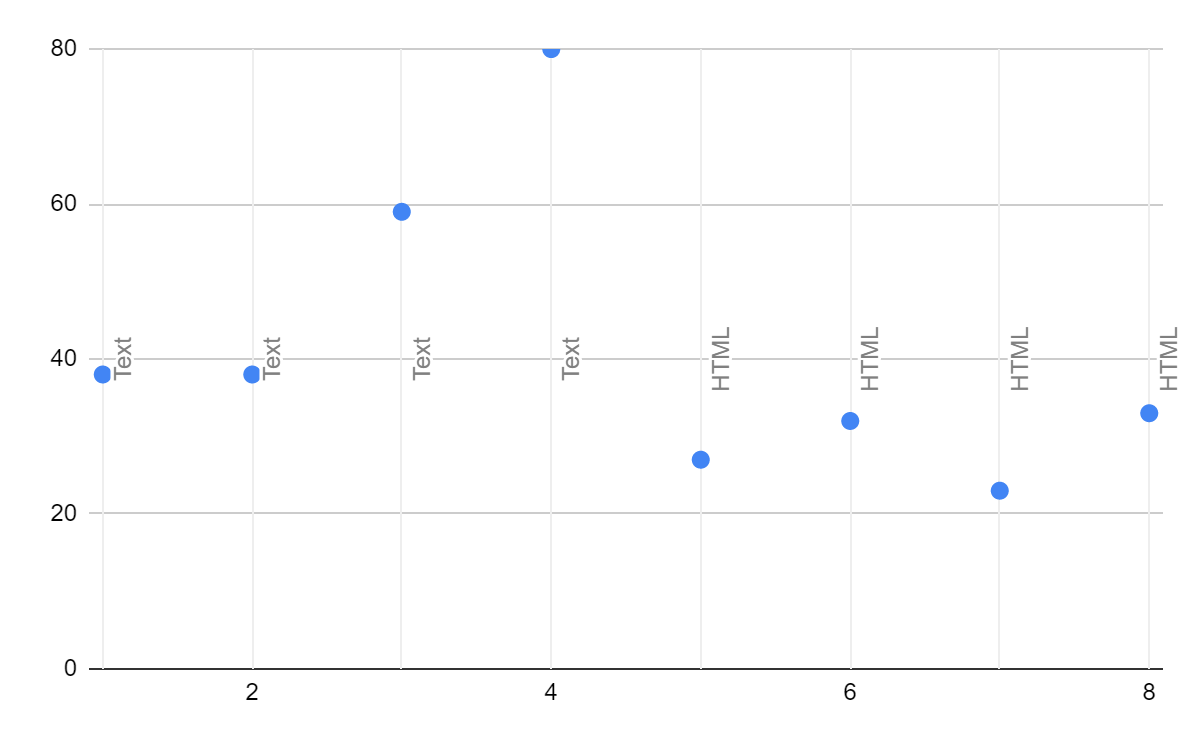Introduction
E-mail marketing is one of the most effective tools for communicating with customers and mapping their journey through the sales funnel. It offers an immediate avenue for direct response, allows for automation, and ensures greater personalization to meet the needs of the target audience (Frost & Strauss, 2016). An e-mail open rate and response rate can be affected by multiple factors. In this particular case, a company chose to analyze e-mail heading (generic or detailed) and e-mail body (HTML or text). Different combinations of variables were tested twice. This paper will analyze e-mail marketing campaign data provided by the case study, illustrate findings using the chosen graphical display tool, and provide strategic recommendations for improving e-mail response rates.
Design of Experiment (DOE)
In this design experiment, there will be analyzed the data gathered from the two replicated e-mail campaigns. Based on the case, the length of an e-mail heading and the type of e-mail body are the most important factors in determining the efficiency of an e-mail as they directly affect open rates and response rates. The results of the DOE illustrating the cause-and-effect relationships between the factors mentioned above will be presented in the series of Scatter Charts below.




The e-mail open rate was excluded from the analysis since this variable is reflected in the e-mail response rate (an e-mail cannot be answered unless it is opened). Based on the two sets of data, it is clear that plain text results in a higher response rate compared with embedded HTML. It could be due to an overall e-mail size since plain text body generally loads faster than HTML embedded one. Also, it has been found that the detailed header demonstrates higher response rates compared to the generic one.
Recommendations for Increasing the Response Rate
Based on the provided data, the company under discussion should adjust its e-mail strategy by combining detailed heading and plain text in their e-mails. It will ensure higher open and response rates. Also, they should incorporate personalization since it is known as a factor that can boost response by creating a sense of ownership (Chaffey & Smith, 2017). In doing so, the company could test various ways of addressing their customers and prospects (e.g., “John” or “Mr. Smith”) since this factor might potentially affect the answer rate.
General Strategy Recommendations
In the current digital environment, it can be challenging to cut through the noise and get the attention of prospects or customers. Therefore, e-mail marketers should be strategic in their e-mail marketing efforts and plan the frequency and content of e-mail communication to deliver the best results (Chaffey & Smith, 2017). To increase the response rate and improve the efficiency of business processes, the company under discussion should implement the aforementioned strategic changes into their working processes. Also, they might want to track the right time for sending their marketing e-mails. By paying close attention to these factors, the company will be able to reach more people.
References
Chaffey, D., & Smith, PR. (2017). Digital marketing excellence: Planning, optimizing and integrating online marketing. Abingdon, UK: Taylor & Francis.
Frost, R. D., & Strauss, J. (2016). E-marketing. Abingdon, UK: Routledge.